Comforter buying rules – 5 things you need to know before you buy on Presidents' Day
You could pick up a comforter at a cut price in the Presidents' Day sales. Here's what you need to know before you buy
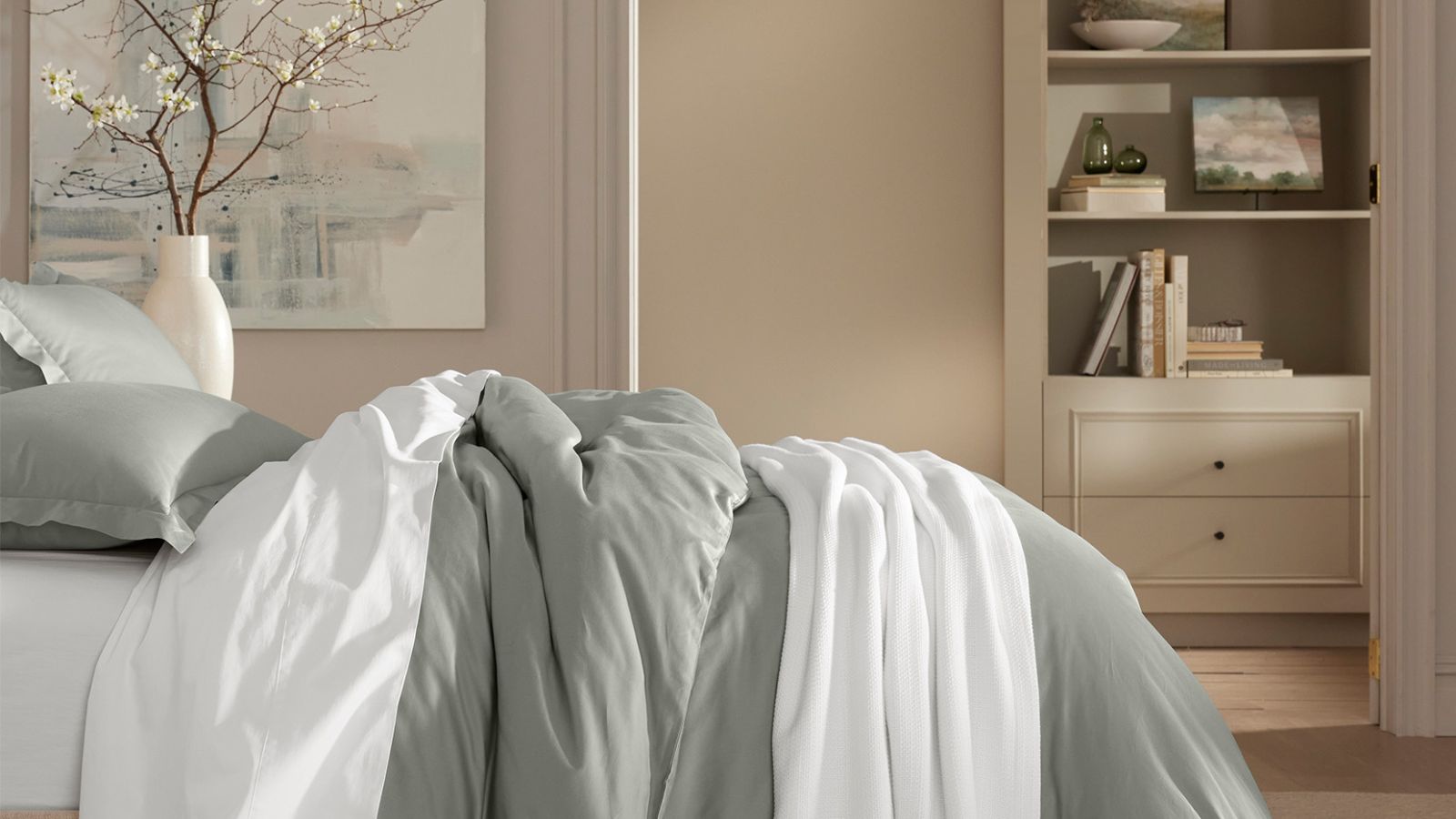

A bed isn't complete without a comforter. The right comforter should wash well, lie beautifully on your bed, and keep you just the right side of cool and dry. When you take advantage of the Presidents' Day bedding sales, you can pick up a premium comforter, without the premium price tag.
You could shop for comforters by material. I always think that real down comforters look and feel best, though down alternative options might be more suitable for sensitive sleepers and vegan shoppers. You could also shop for comforters by temperature. There are warming and cooling comforters to suit different sorts of sleepers. With so much on the market, it can be difficult to know where to start.
As a sleep writer, I've been lucky enough to sample some of the world's best duvet inserts and comforters. I know the difference between the terms, and I know what makes good bedding: premium materials, expert craftsmanship, and a reasonable price point.
Comforter buying rules: 5 top tips
Now that Presidents' Day is almost upon us, I want to share my tips and tricks for buying comforters to help you make a considered purchase. To save you time and money, I've rounded up a few of my favorite comforters at the fairest prices you'll find online.
1. Learn your terms
We've written an entire article outlining the difference between a comforter and a duvet. If you don't have time to read the whole thing, here are the headlines.
The primary difference between a comforter and a duvet is that a duvet is made up of two pieces, an insert and a cover, while a comforter is self-contained: similar to a standalone duvet insert.
Duvets tend to be lighter than comforters, which are often bulkier. Duvets are also easier to wash: all you need to do is remove the cover and pop it in the wash on a cold cycle. It's much harder to stuff a comforter inside a washing machine drum, though you'll only need to wash it once a season.
The best thing about comforters is their convenience. Unlike a duvet cover, a comforter shouldn't wrinkle, which makes for an effortless bedspread. It doesn't hurt that comforters tend to be cheaper than duvets, either: especially when you bag one at a bargain price in the sales.
2. Have your fill
As you're shopping for comforters, you'll read a lot about down and down alternative. Perhaps you've seen the words on a care tag or scrolled past them online without completely understanding what they mean.
Down refers to clumps and clusters of duck and goose feathers. It's the traditional filling for comforters and inserts: in part because the feathers hold heat to keep you warm, but also because all those tiny air pockets create natural loft. That's what makes your comforter look so light and fluffy.
'Down alternative' is a catch-all term that covers everything else you could stuff inside a comforter. Microfiber and lyocell best imitate the look and feel of real down. You could also opt for a wool comforter. Some swear by wool for its natural thermoregulation and moisture-wicking properties. While wool wouldn't make a great substitute for a vegan shopper, it could be a gamechanger for a sensitive sleeper.

Wrapped in a smooth cotton sateen shell and filled with clusters of duck and goose down, this comforter is seriously sumptuous. It has that natural loft that you only get from real down, which makes for a beautiful bedspread.
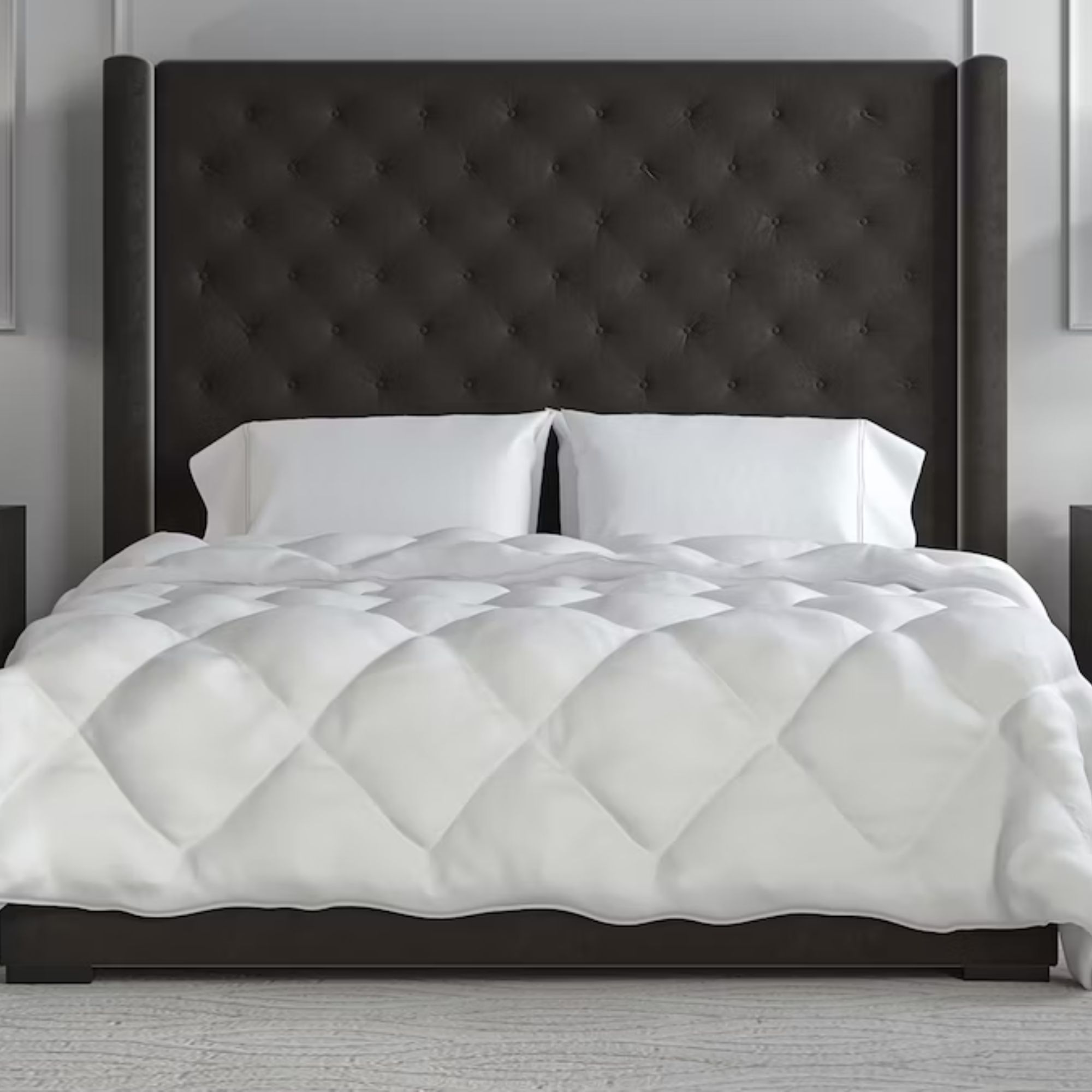
This comforter is full to the brim with fiberfill and lyocell, held securely in place with diamond quilting. It's OEKO-TEX certified free from harmful chemicals, so you can breathe cleaner, healthier air while you sleep.
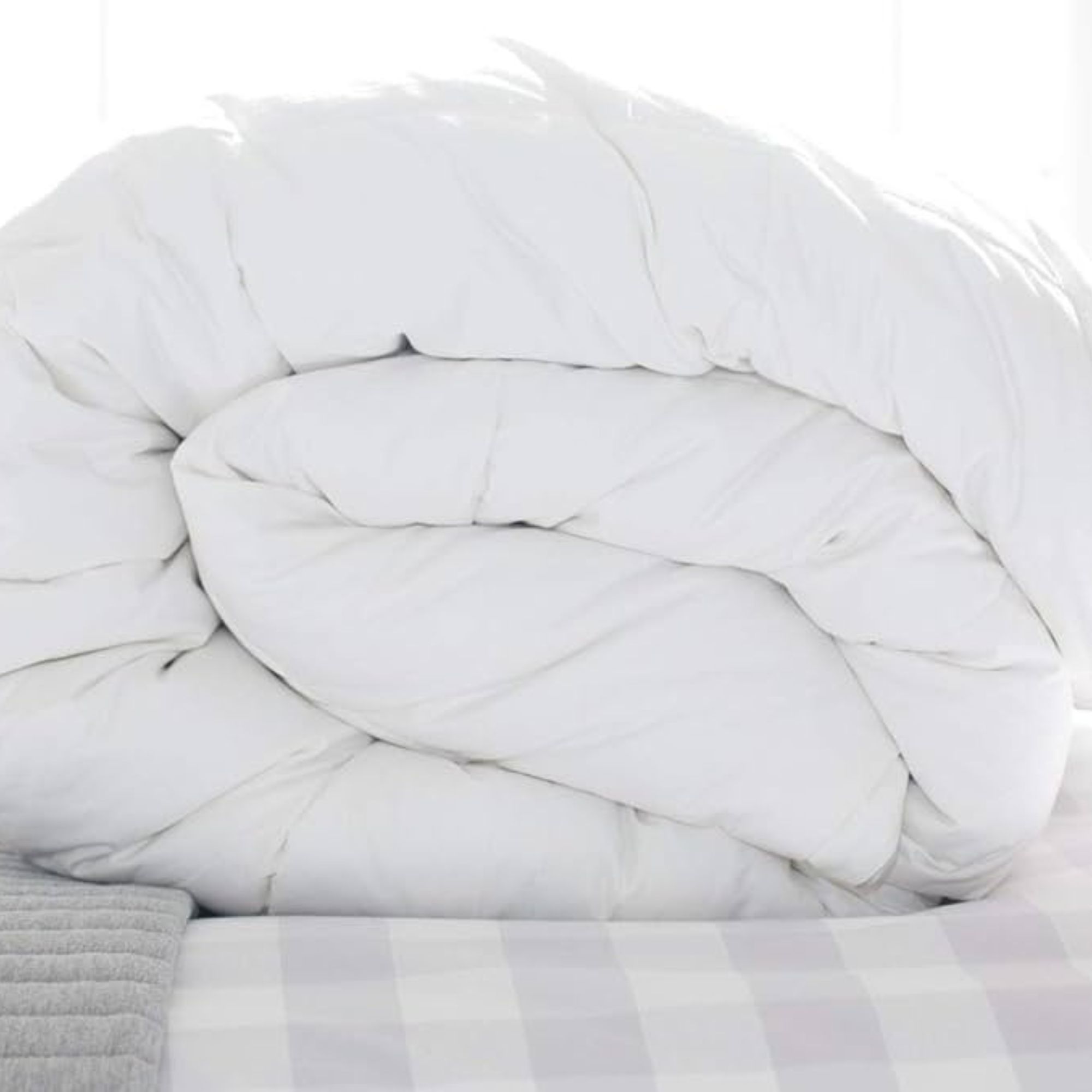
This adjustable comforter is filled with heaped handfuls of Hungarian goose down. The duvet comprises multiple layers, each of which comes in three different warmth levels. Just pull the panels apart to sleep under a lighter layer and button back together when the weather turns.
3. Consider your sleep style
If you suffer from night sweats or hot flashes, or you simply tend to run a little warm, you might be a hot sleeper. To keep you just the right side of cool and comfortable, you need one of the best cooling comforters. Keep an eye out for materials such as cotton and eucalyptus, which are naturally moisture-wicking and thermoregulating.
If you struggle to stay warm while you sleep, even in the height of summer, you might be a cold sleeper. You should consider investing in one of the best warm comforters. You're looking for thicker fabrics and heavier fills to retain and release your body heat overnight.
If you tend to sleep cool in the winter and warm in the summer, the chances are that you live in a temperate climate. You could invest in two comforters to suit the seasons, but your money might be better spent on an adjustable comforter. It's really three comforters in one, comprising one thick panel and one lighter layer, attached by snaps or fasteners. Simply pull the pieces apart to stay cool and button together to keep warm.
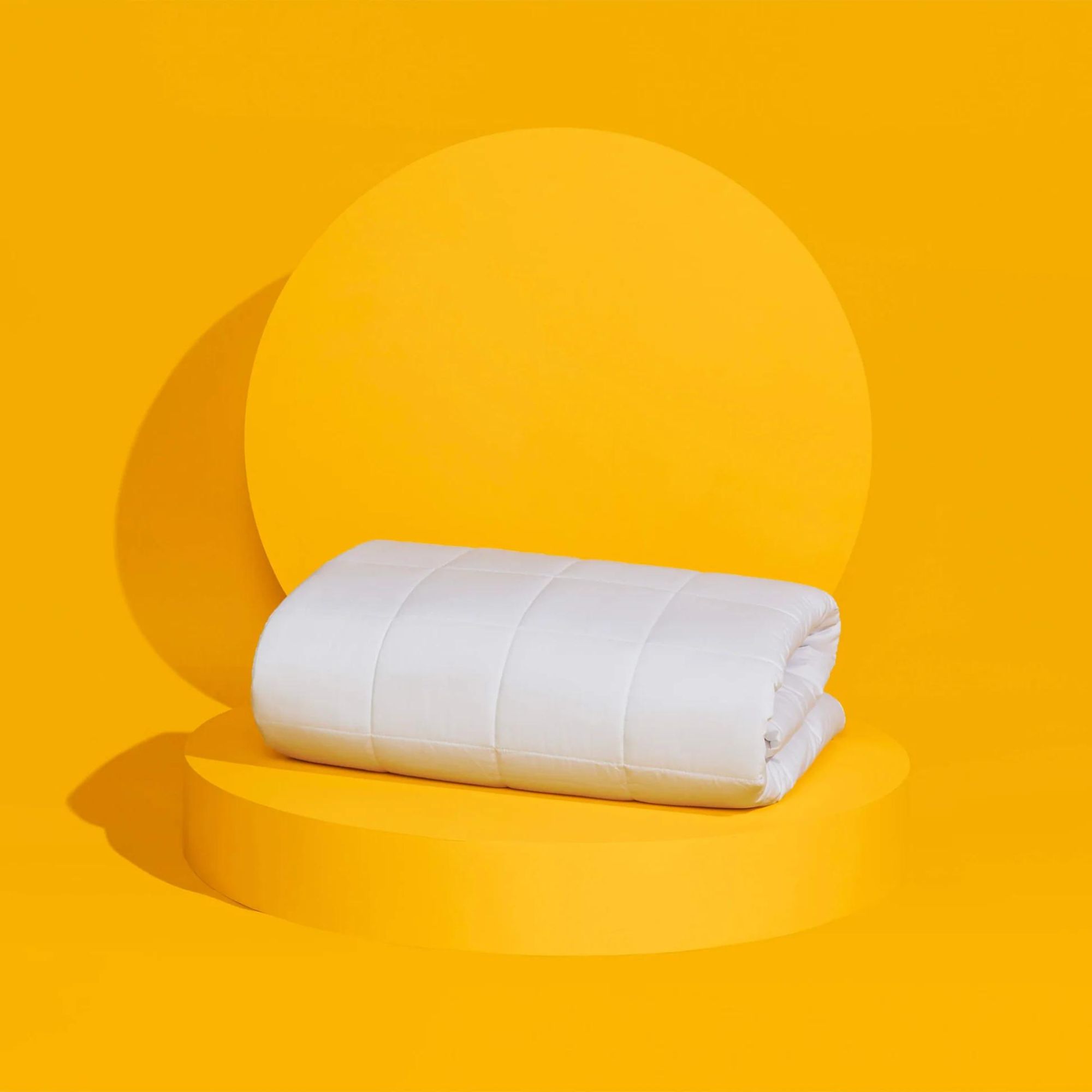
SlumberCloud make the best smart comforters. This comforter incorporates thermoregulating technology to meet and match each sleeper's ideal temperature. Measuring just a quarter of an inch thick, this insert would be a great fit for hot sleepers who still like a layer.
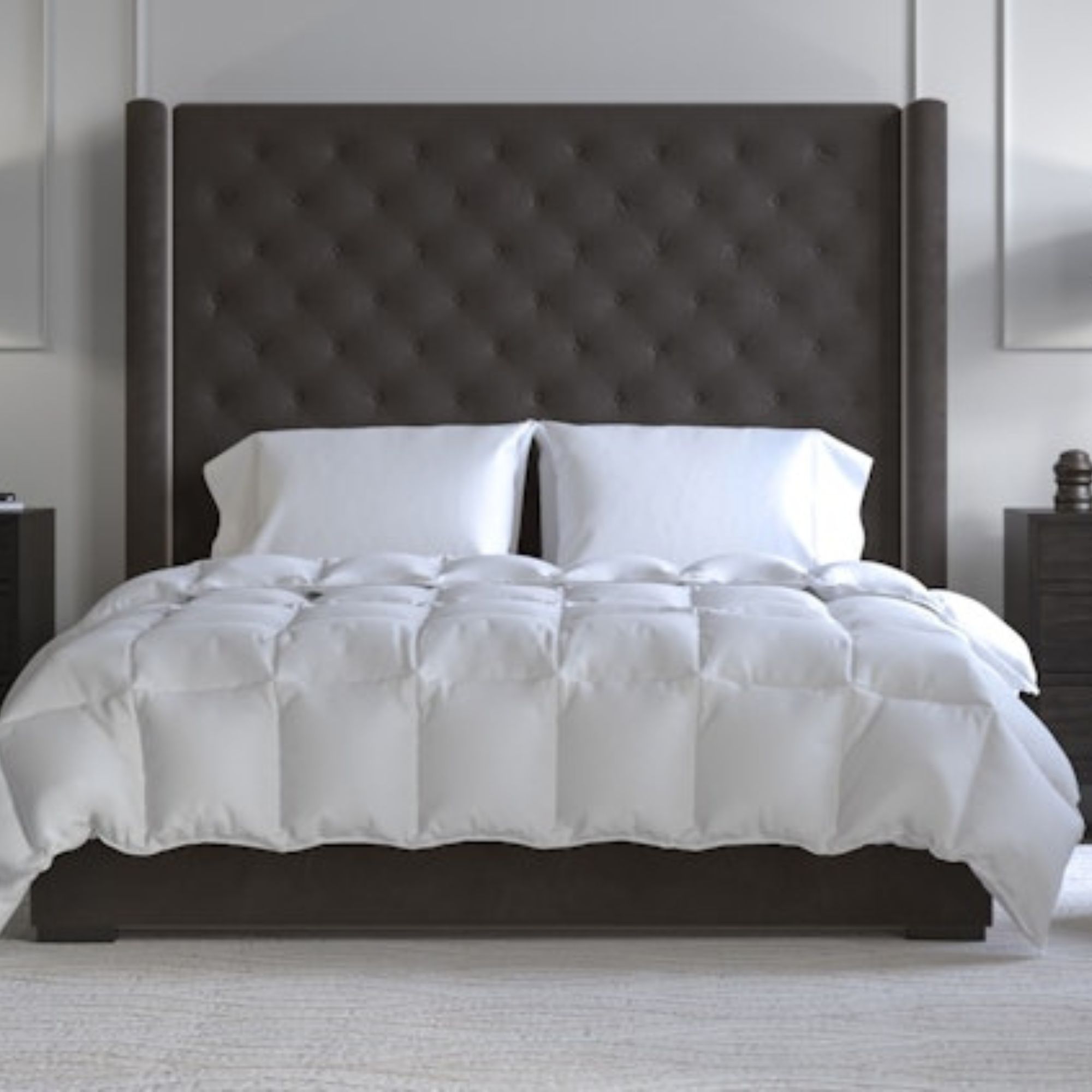
This comforter should be suitable for all sorts of sleepers and climates. Filled with a unique blend of down alternative and lyocell, the Saatva All-Year Comforter is moisture-wicking, hypoallergenic, and easy to clean: all you need to do is throw it in the washing machine on a cold water cycle.

This comforter comes in three different densities to suit every sort of sleeper. I'd recommend the Ultraweight Duvet Insert for cold sleepers and cooler climes. Each insert is filled with triple-washed, ethically sourced down, so that you can rest easy.
4. Set your budget
As a sleep editor and a sales hunter, I'm often asked how much to spend on bedding. It's a tough question to answer: no two shoppers have the same financial priorities or sleep needs. You might be prepared to spend big money on bedding, while your partner can't see the point.
You should expect to spend at least $100 on a comforter. That's the price you pay for sustainable materials and thermoregulating technology. Think about it this way: you're dropping $100 on a quality comforter now to save spending hundreds on replacements.
There isn't really an upper limit to how much you could spend on bedding. I've seen comforters from luxury design houses listed for more than $1,000. If you want to spend wisely, I'd recommend shopping for the best luxury bedding at one of the specialist sleep stores. That way, you're paying for a product, not a brand name.
Federal holidays tend to bring deep discounts on comforters. The closer we get to Presidents' Day, the more bedding deals are beginning to drop at major home retailers and specialist sleep stores. If you know you need a new comforter, and you can't wait for sales season, you should take advantage of site-specific sales to save hundreds of dollars on quality bedding.
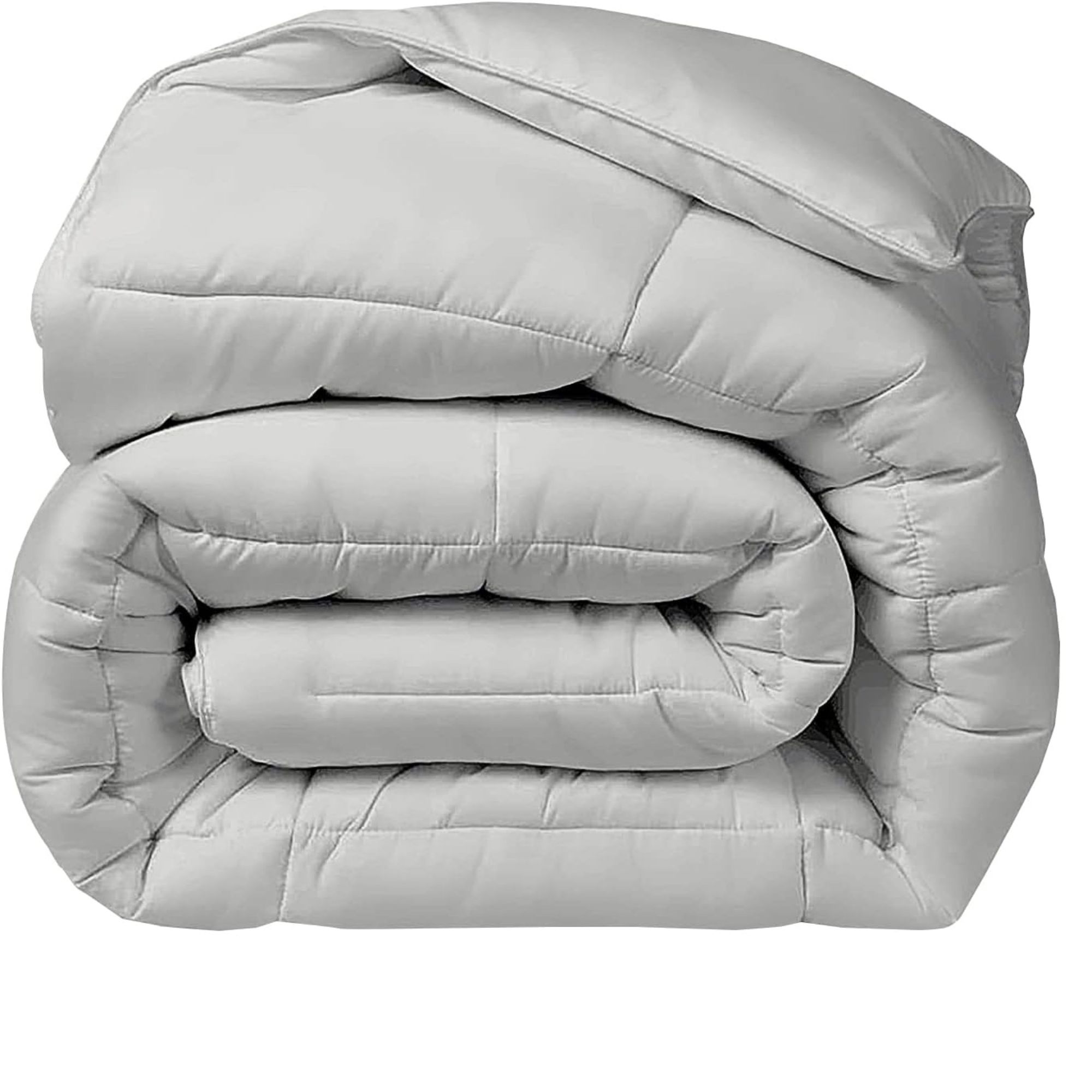
When you take advantage of the Presidents' Day sales, you can pick up this down alternative comforter for just $50. My advice: don't spend any less than this. Much lower than $50, and you're paying a great price for a poor product.
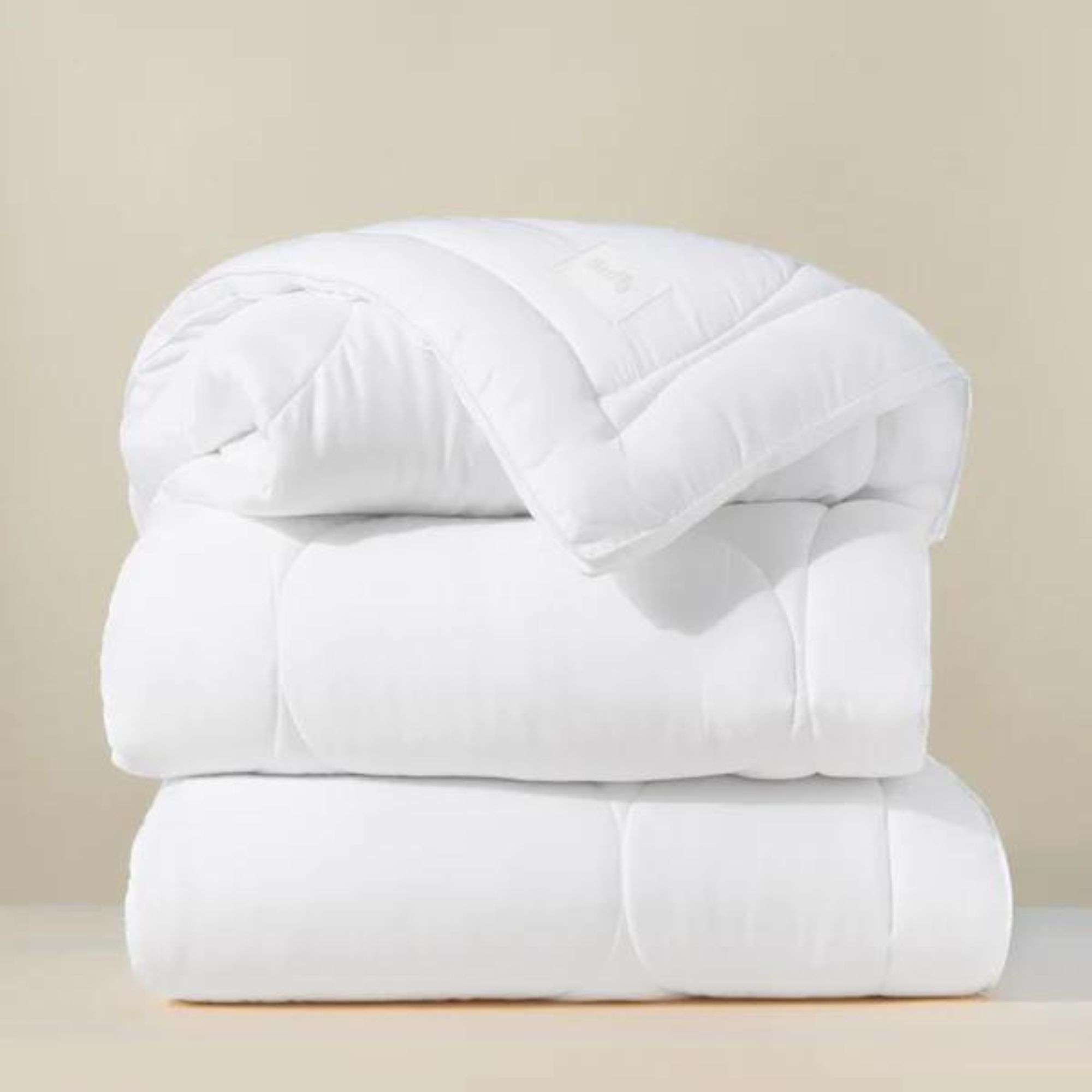
Made from moisture-wicking eucalyptus lyocell, this down alternative comforter is suitable for vegan shoppers and sensitive sleepers alike. Each Cloud Comforter incorporates the plastic from approximately 50 plastic bottles and puts it to better use.
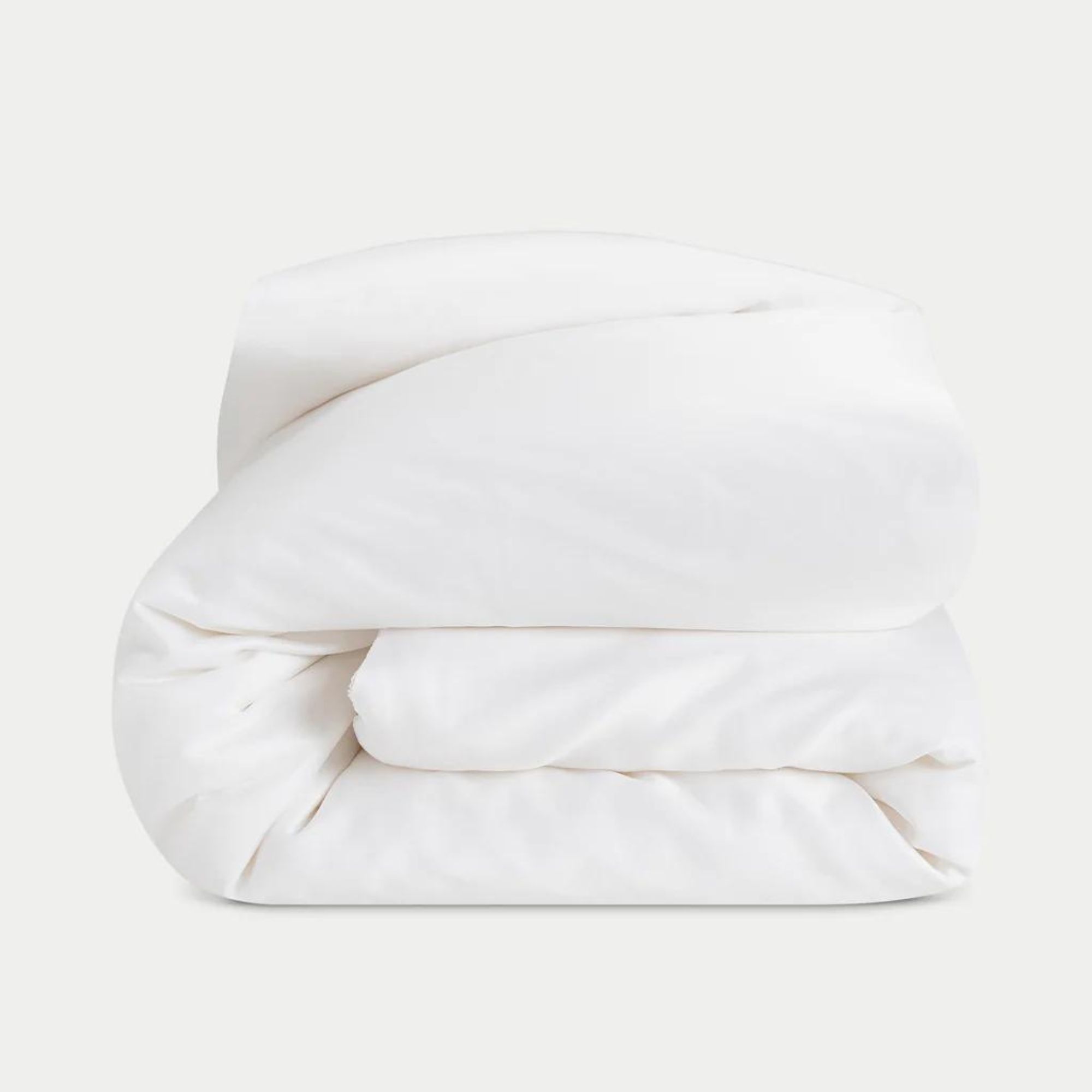
This luxurious comforter is made from pure Mulberry silk, which is naturally breathable and thermoregulating, ideal for hot sleepers. You could always upgrade to the extra fill option to reach the ultimate in plush comfort.
5. Shop sustainably
The right comforter should stand the test of time. You're looking for something to withstand the wear and tear of nightly use and regular washing. If you're keen to shop sustainably, then it becomes even more important to invest in a quality comforter, so that you don't feel the need to replace it, come sales season.
Whether you like to sleep with down or down alternative, you can make an environmentally conscious choice this Presidents' Day. If you're set on a down duvet, you should look for inserts that feature a mixture of virgin and recycled down. Keep an eye out for reference to the International Down Standard (IDS), which indicates that your down is sustainably sourced and responsibly washed.
If you'd prefer to explore down alternative options, I'd urge you to steer clear of polyester. It's made from non-renewable resources and requires an awful lot of energy to produce. Plus, polyester tends to trap heat, leaving you to swelter in your own sweat. I'd encourage you to experiment with wool, instead. It's naturally thermoregulating and moisture-wicking to keep you cool and comfortable all night long.
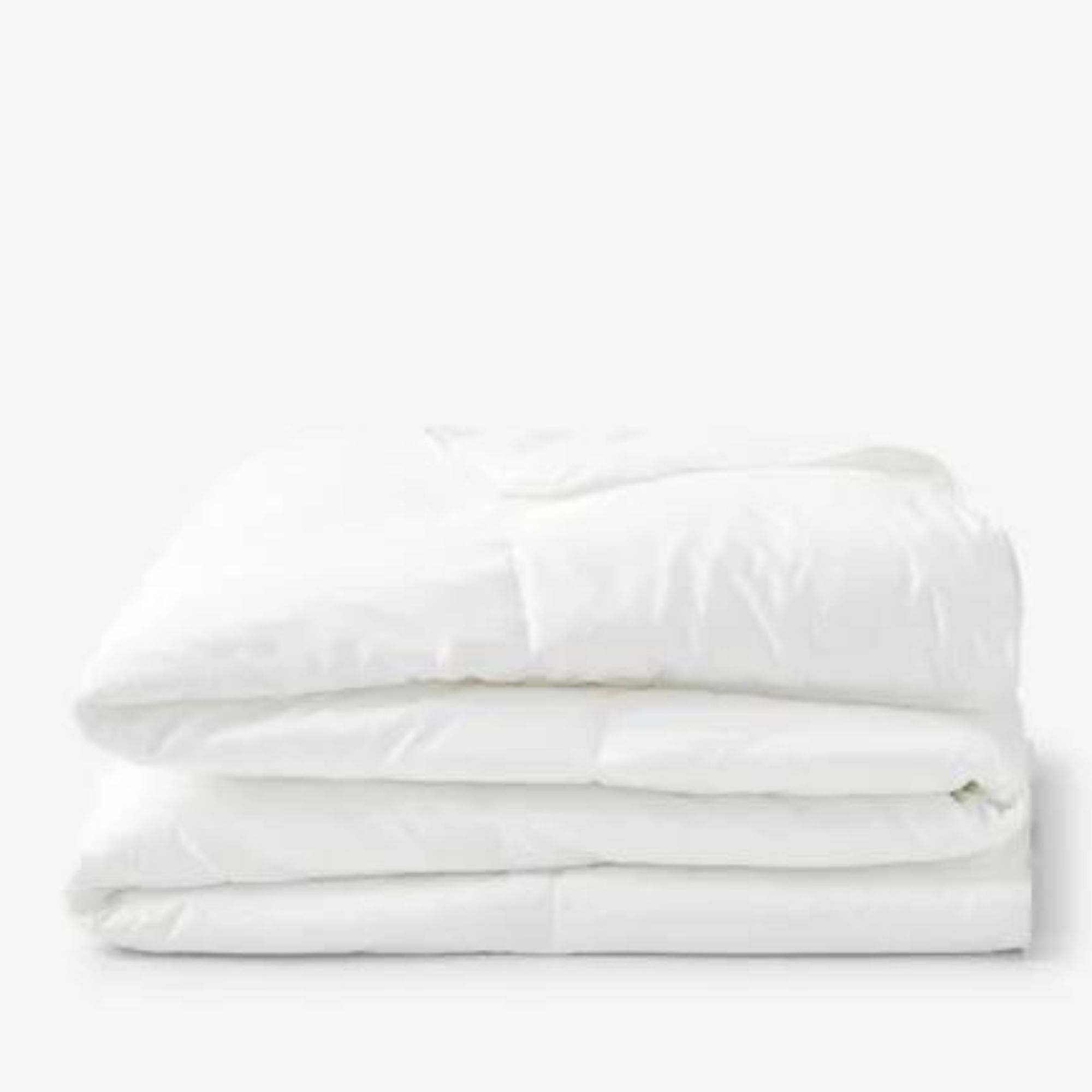
If you like the look and feel of real down, but you're keen to shop sustainably, you should consider this conscious comforter. It's filled with a mixture of virgin and recycled duck down to minimize waste and maximize warmth.
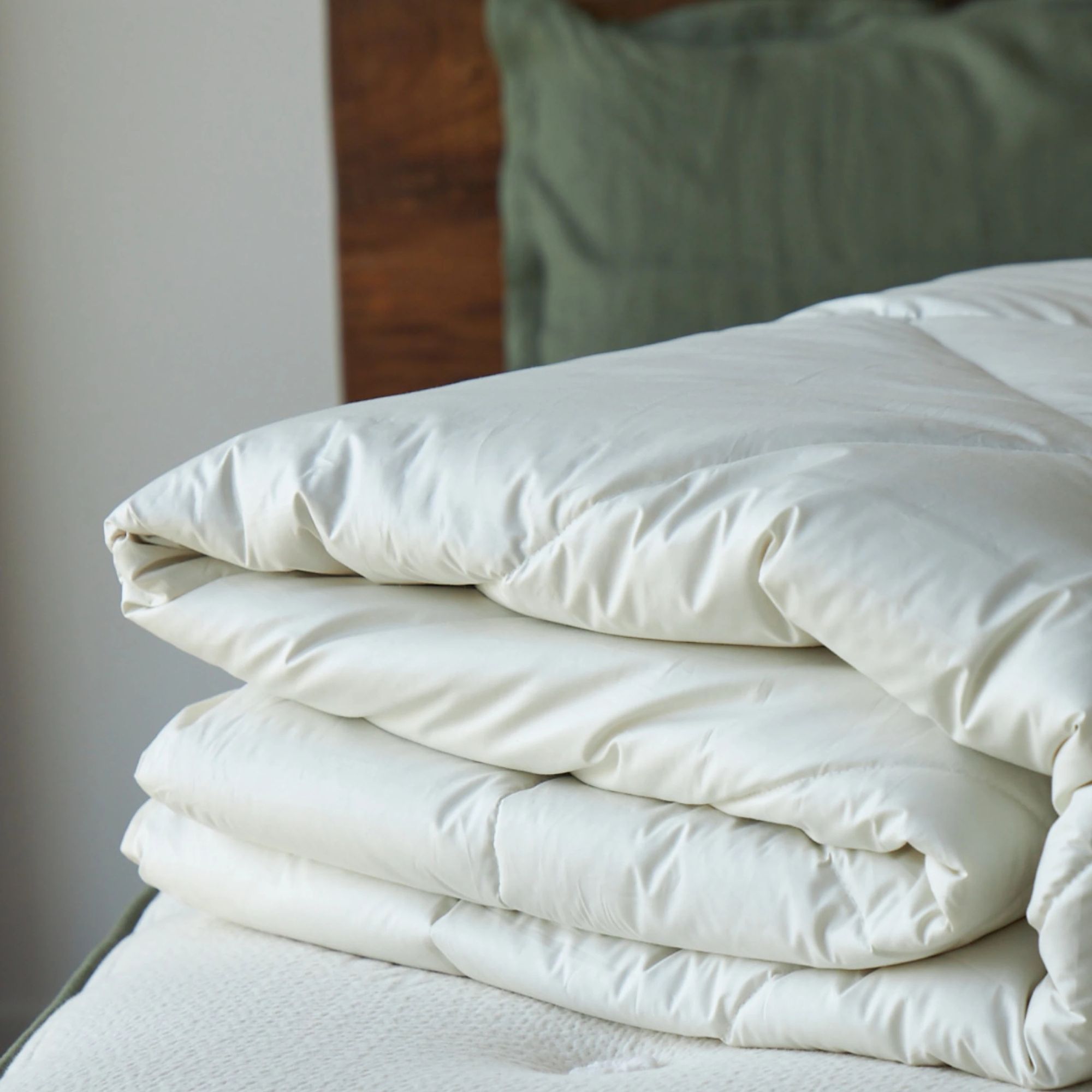
An Alpaca Duvet Insert might sound strange, but think about it: alpaca wool needs to be thermoregulating to keep the animals cool in the heat of the day and warm in the cold of the night. You can trust Avocado alpaca wool to regulate your temperature, too.
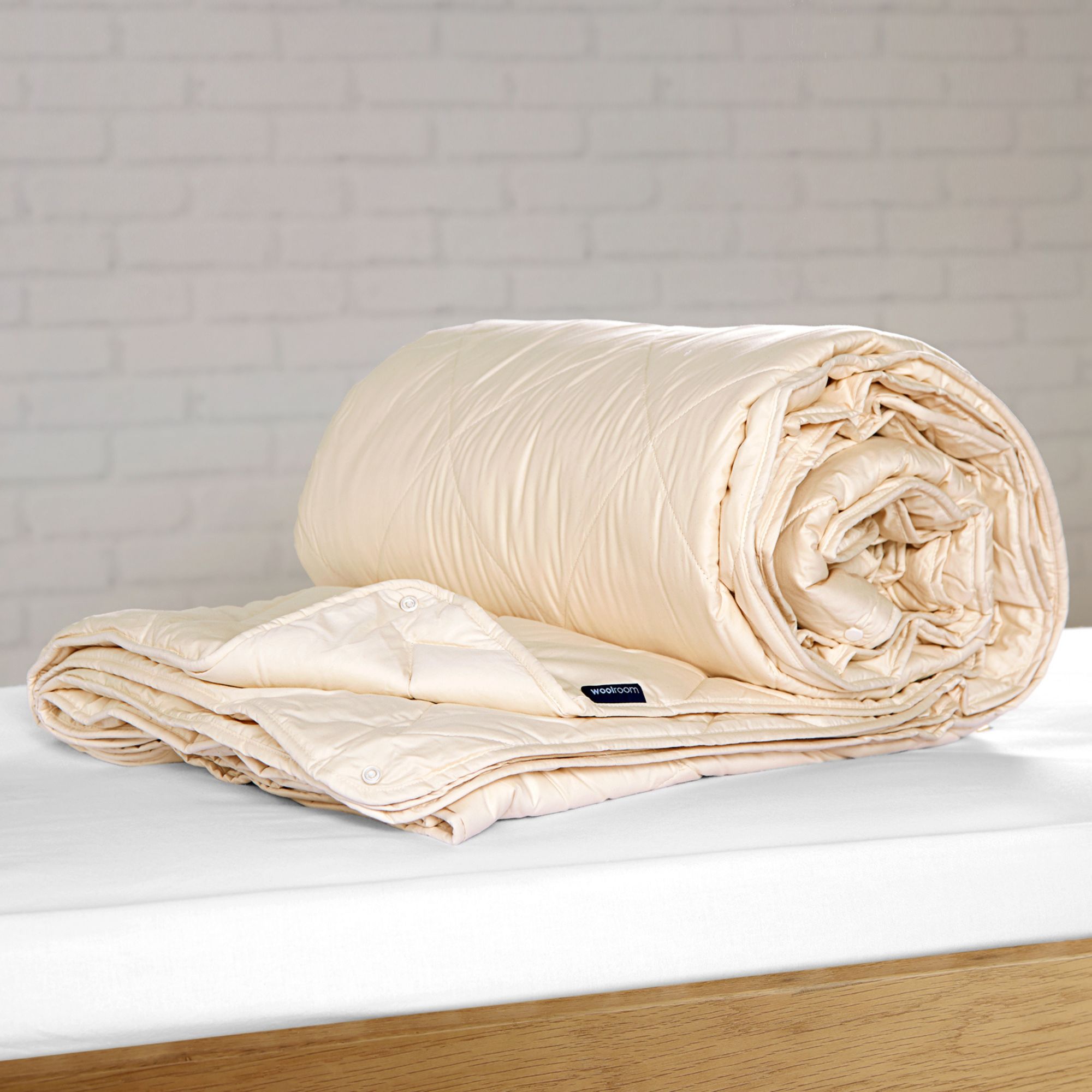
Each wool thread in this organic comforter is totally traceable. Thanks to the Woolroom Traceable Wool Program, you can identify each individual sheep whose wool was shorn to fill your comforter, and learn more about the organic farms and factories.
Final thoughts
As you search for comforters, in store and online, you might come across the term 'tog', which stands for 'Thermal Overall Grade', and indicates how warm that particular comforter will feel. I've written all about togs to help you work out what duvet tog you need.
Once you've invested in a comforter, it's important to take good care of it. It's worth learning how often you should wash a comforter for safe and hygienic sleep.
Sign up to the Homes & Gardens newsletter
Design expertise in your inbox – from inspiring decorating ideas and beautiful celebrity homes to practical gardening advice and shopping round-ups.

Emilia is our resident sleep writer. She spends her days tracking down the lowest prices on the best mattresses and bedding and spends her nights testing them out from the comfort of her own home. Emilia leads a team of testers across America to find the best mattress for every sleep style, body type, and budget.
Emilia's quest to learn how to sleep better takes her all around the world, from the 3Z mattress factory in Glendale, Arizona to the Hästens headquarters in Köping, Sweden. She's interviewed luxury bedding designers at Shleep and Pure Parima, as well as the Design Manager at IKEA. Before she joined Homes & Gardens, Emilia studied English at the University of Oxford.
-
 Bryce Dallas Howard's bedroom is the most creative, social space in her entire home – she uses 'conversational seating' to create a multifunctional 'salon'
Bryce Dallas Howard's bedroom is the most creative, social space in her entire home – she uses 'conversational seating' to create a multifunctional 'salon'The actress's bedroom doubles as a home office thanks to its clever layout and furnishings, proving that this area is much more than a sleep space
By Hannah Ziegler
-
 7 questions to ask yourself before moving house – realtors promise answering these questions will prevent buyer's regret
7 questions to ask yourself before moving house – realtors promise answering these questions will prevent buyer's regretDon’t make your move harder, ask these questions before moving to avoid mistakes
By Chiana Dickson